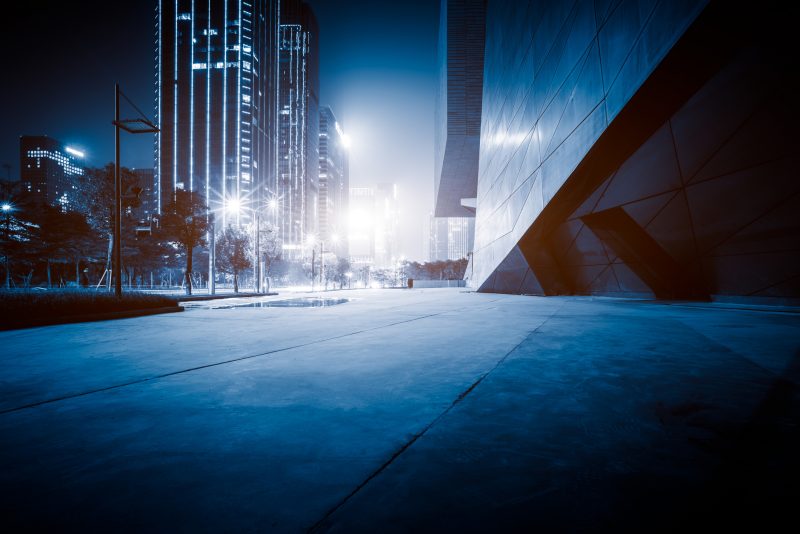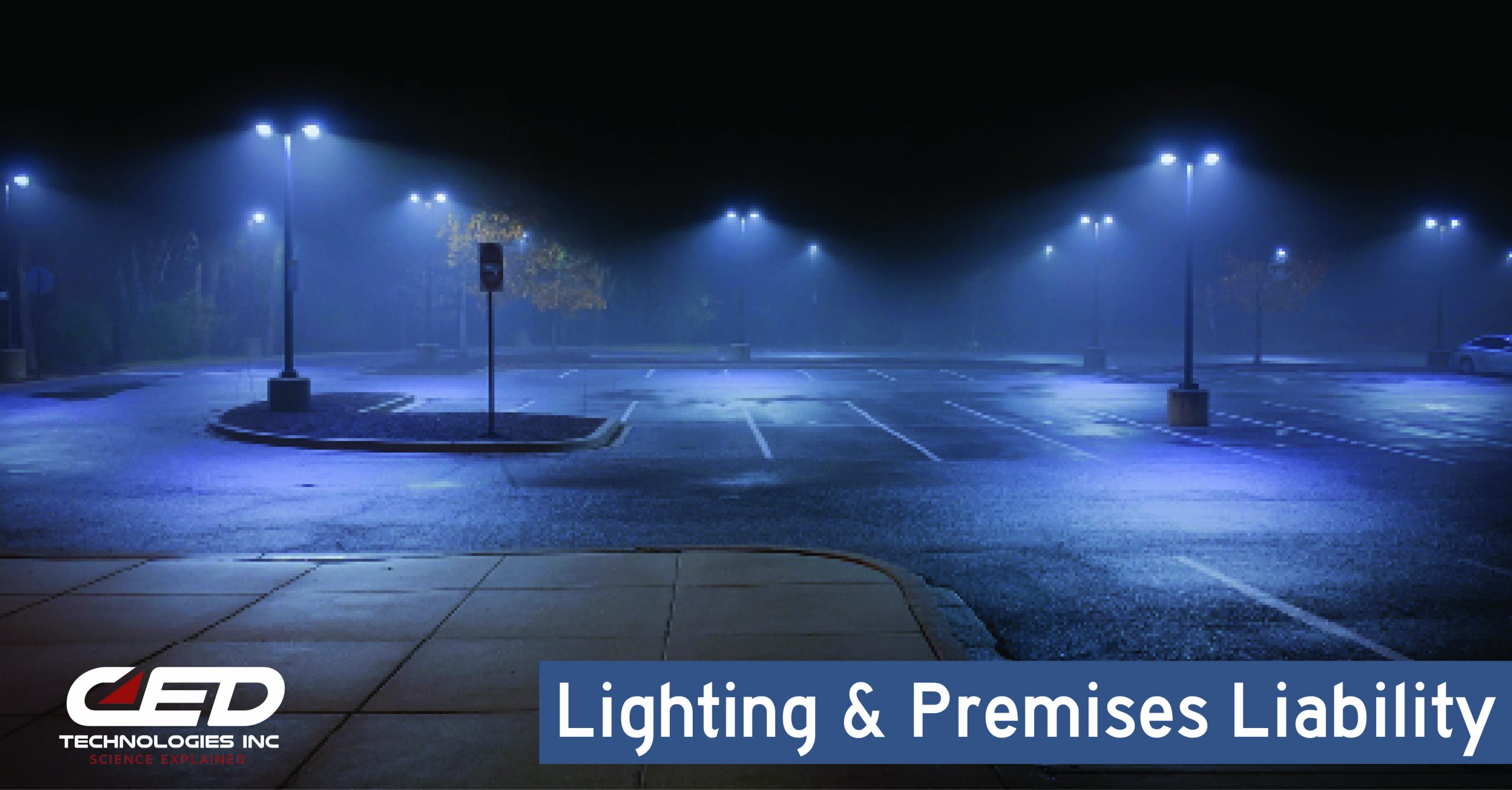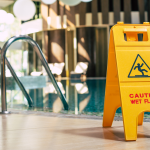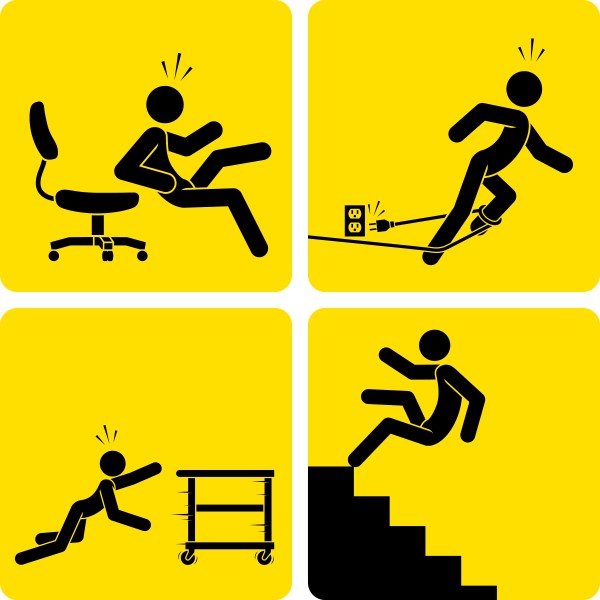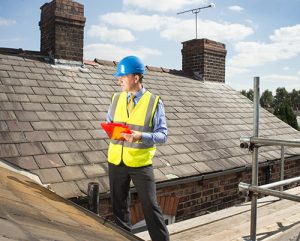Slip & Falls and Trip & Falls frequently involve slippery surfaces or uneven walkways, but an equally important factor in many premises liability cases is the lighting in the area of the incident. Improper lighting could make a fundamentally safe and “up-to-code” walkway hazardous, while certain lighting could actually promote safe use of a stairway or deck. The lighting in an area where an incident took place could be the determining factor in determining causation and liability. Proper illumination is essential to any safe premises. Here are five points that should be considered when determining if lighting was a factor in a premises claim:
- Day vs. Night: A sun-drenched, brightly marked parking lot by day, safe for walkers of any age, can turn in to a minefield of hazards for pedestrians at night if not properly illuminated. Brightly lit lobbies with clearly designated traffic areas and routes of egress suddenly become dim halls with obscured paths and ambiguous entrances and exits.
- Types of Lighting: All lights are not created equal. Just because an area is illuminated does not mean that it is properly or safely illuminated. A quick walk down the light bulb aisle in your local home-improvement store will reveal the large variety of types and strengths of lighting available. A working light bulb could be perfectly positioned in a hallway, but could be the determining cause of a claim because it is the wrong wattage, the wrong color or incorrect aperture.
- Correct Illumination levels: Detailed illuminance levels are specified in building codes and life safety codes. These levels vary depending upon the building element’s function and location. Stairwells typically require higher levels of illuminance than other areas in a building. Routes of egress may have very specific standards that must be met. Some buildings, such as movie theaters, may have exemptions because of how they are used. Parking lots frequently are not covered by any specific code but there are standards that do apply and should be met. Measuring average illuminance in an area is often not sufficient. Just like a ramp, as a whole, may pass a slip resistance test, there may be a portion of a ramp that is slippery and does not pass the slip resistance test. The same concept applies to illuminance levels. The overall illumination of an area may meet standards, but there may be points in that area that do not.
- Lighting Gradients: Gradients are also important in lighting design and must be measured – too much light can be a bad thing if the transition from dimly lit to brightly lit is too quick. We’ve all experienced the difficulty of going from a brightly lit space to one that is dimly lit and the equally challenging transition from a dimly lit space to one that is brilliantly lit.
- Lighting Maintenance: Just like other systems and features on a piece of property, lights and lighting levels must be properly maintained. Failure to properly maintain the lights on a property could directly lead to accidents. Many codes/standards specify lighting levels in terms of maintained illuminance – this means that the presence of dirty bulbs/fixtures or obstructing features could result in improper lighting levels even if the original as-built design was code compliant. For this reason, and if possible, measure lighting levels as close to the date of an accident as possible.
A forensic engineer can be invaluable at measuring the illuminance levels in an area where an accident occurred. They can sort through the myriad of building codes and standards to determine which would apply. CED Technologies has engineers and safety experts that can help. Call 800-780-4221 or visit our contact page to speak with a representative.Click Here To See Our Full List of Experts Click Here To Submit an Inquiry about a possible Claim or Case.
